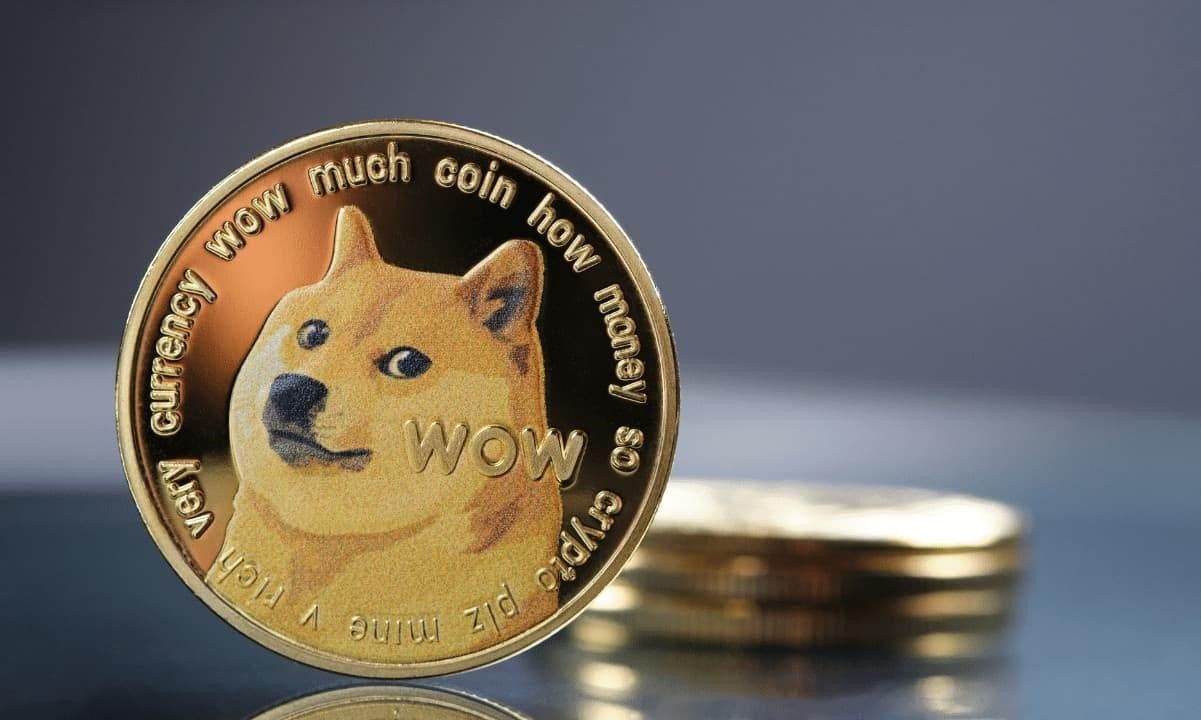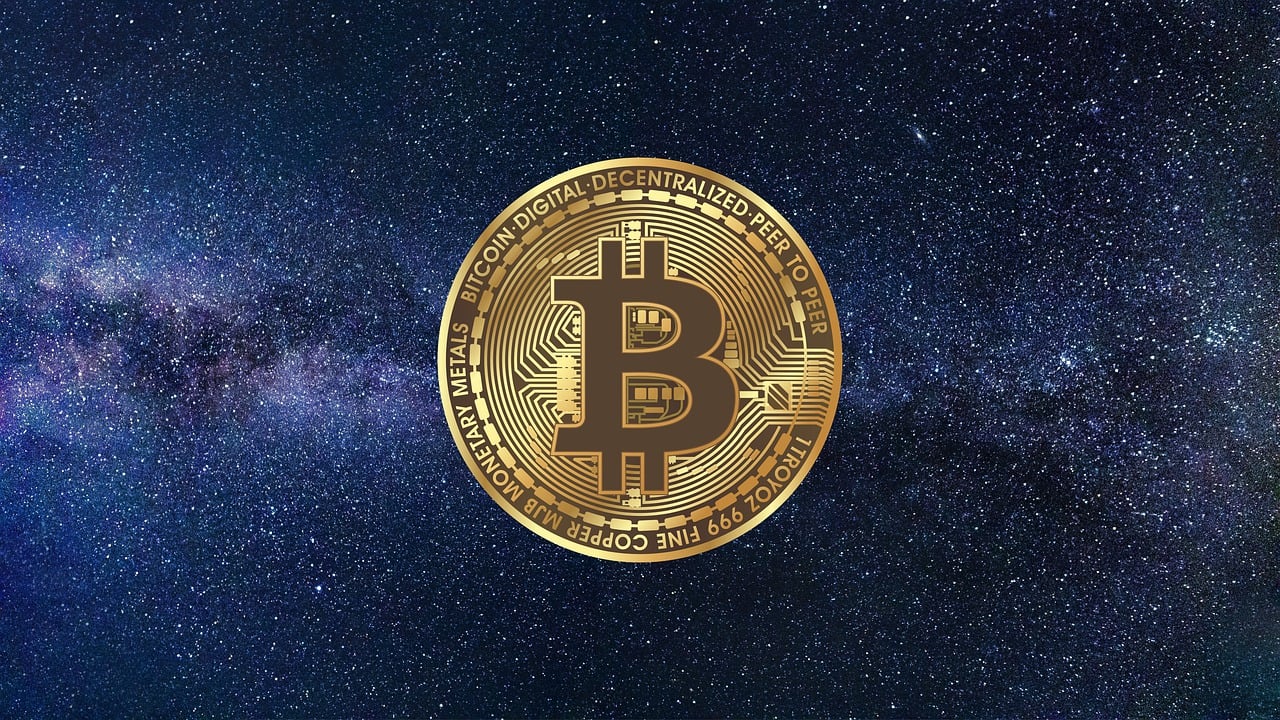- Polkadot’s proposal to convert 500,000 DOT into Threshold Bitcoin (tBTC) has sparked intense community debate, with supporters calling it a smart diversification strategy and critics labeling it a poorly timed gamble.
- Amid DOT’s 60% year-to-date decline and uncertainty around a potential ETF, the plan’s approval could mark a pivotal shift in the network’s financial strategy.
In a bold move to stabilize its finances, Polkadot [DOT] has introduced a proposal to convert 500,000 DOT tokens into Threshold Bitcoin (tBTC), an ERC-20 token backed by Bitcoin. The year-long conversion would follow a dollar-cost averaging (DCA) approach facilitated by Hydration, a treasury management platform. The strategy aims to hedge Polkadot’s treasury against volatility, but the timing and intent have stirred sharp debate across the community.

A Strategic Hedge or Risky Gamble?
The initiative—first floated by community member “hippiestank”—intends to establish a Bitcoin Reserve as a long-term buffer. Advocates argue that shifting part of the treasury into BTC, the world’s most resilient digital asset, reflects prudent risk management rather than speculation.
Also read: Ethereum Price Dips 10%, But Whales Accumulate 1.49M ETH — Is a Breakout to $3,200 Next?
“This proposal is about risk management and operational continuity, not market timing,” one supporter posted on X (formerly Twitter).
Yet, skeptics question the rationale of exchanging one volatile asset for another, especially when DOT has plunged nearly 60% year-to-date and Bitcoin is hovering near its all-time high. With DOT trading at $3.82, down 6.10% in the past 24 hours, critics see the move as a poorly timed bet rather than a safeguard.
Treasury Diversification or Misguided Strategy?
Supporters emphasize that a diversified treasury is essential for long-term resilience. By allocating funds into Bitcoin through tBTC, the proposal avoids custodial risks and retains on-chain flexibility.
However, critics aren’t convinced.
“If we want a resilient treasury, then we would diversify into different asset classes. Not sell one highly volatile asset for another,” one dissenting voice argued.
Some community members have even gone as far as labeling the proposal as “garbage,” questioning both its economic soundness and alignment with Polkadot’s core values.
Why the Controversy Matters
The proposal comes at a sensitive time for the Polkadot ecosystem. The network is still awaiting a decision from the U.S. SEC on a potential Polkadot ETF, and broader confidence in the DOT token is waning. For many, this treasury move represents either a much-needed shift in financial strategy or a last-ditch effort to counteract DOT’s underperformance.
As the debate rages on, the final say rests with the Polkadot governance community. A formal vote will ultimately determine whether the Threshold Bitcoin reserve becomes reality—or remains a failed experiment in treasury management.




